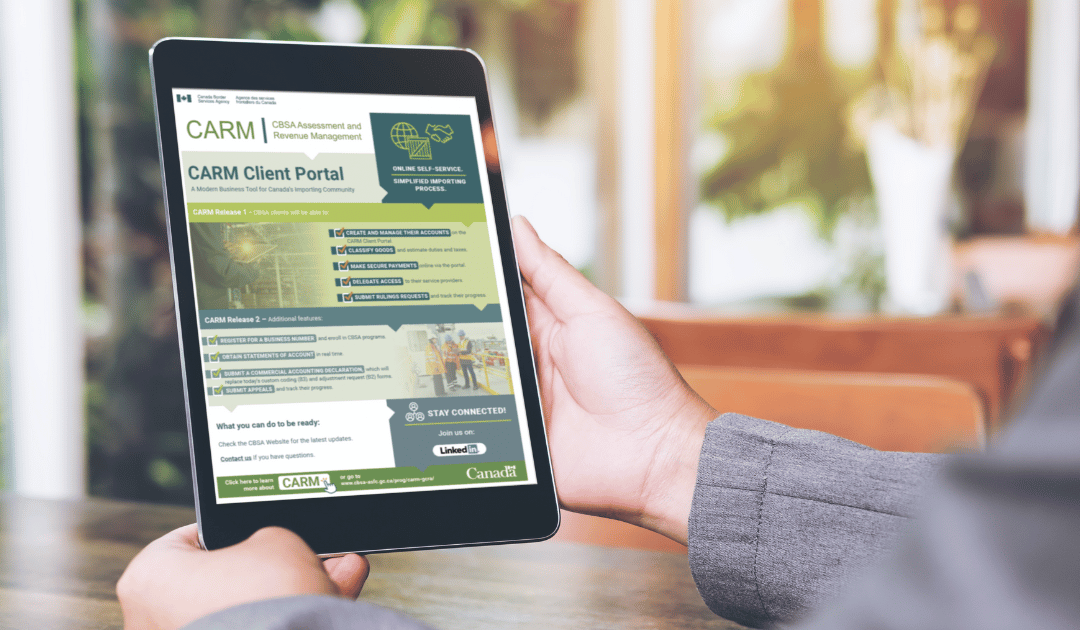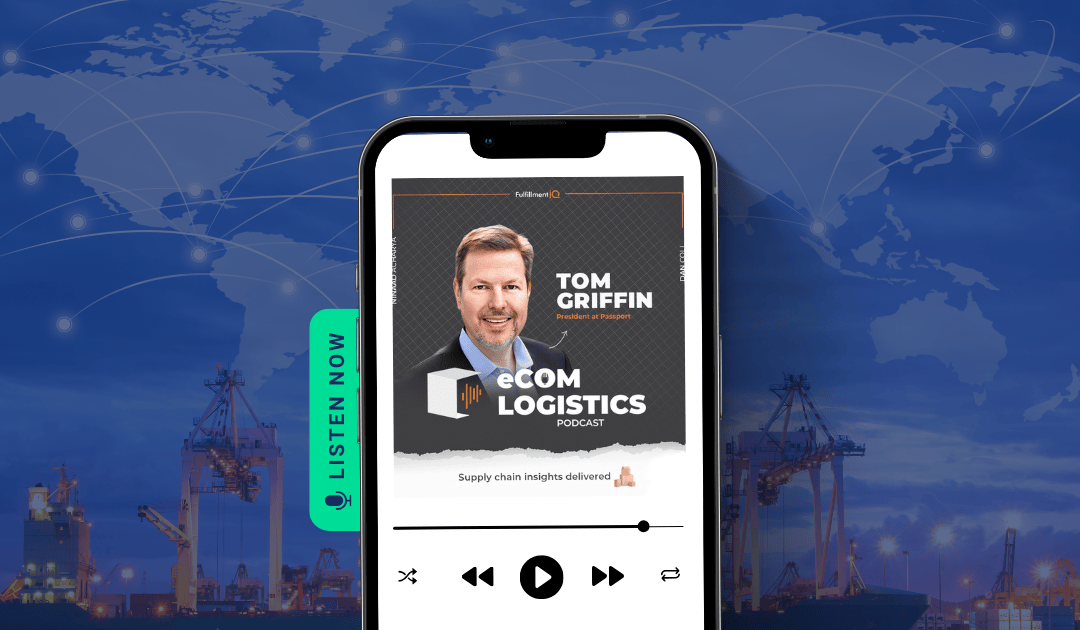When it comes to international trade, navigating customs procedures is essential. One crucial aspect of this process is accurately describing the goods being shipped. The description of goods plays a vital role in ensuring proper commodity classification, determining applicable duties and taxes, and identifying potential import restrictions. However, improper or inadequate product descriptions can lead to customs holds and delays.
Here’s what you need to know about product descriptions and how you can describe your product without raising customs and security flags.
The Role of Product Descriptions in Customs Clearance
Customs brokers and agencies rely on the description of goods to ensure accurate Harmonized System (HS) classification and collection of duties and taxes. Moreover, these descriptions assist in screening shipments for security risks and flagging packages for closer inspection. A well-crafted product description eliminates subjectivity and enables customs agencies to understand three key things: the nature of the product, its composition, and its intended use.
Common Issues with Product Descriptions
When the carrier, customs broker, or government agency holds a shipment because of a product description, it is often because of one of the following reasons:
1. Vague or Generic Descriptions: Descriptions like “parts,” “goods,” “clothes,” or “articles” provide insufficient information about the specific contents of a package. Customs authorities require more clarity to identify the type of goods being imported – “parts” could mean car parts, computer parts, toy parts, or dozens of other parts.
2. Unacceptable Characters: Some descriptions may include numbers, random symbols, or SKU codes that do not convey any meaningful information. These characters can confuse customs authorities and lead to unnecessary holds or inspections.
3. Insufficient Details: Inadequate product descriptions lack the necessary level of detail for accurate classification. For instance, describing a product as a “men’s t-shirt” without specifying the fabric composition (cotton or manmade fibers) or additional features like whether it is knitted, hemmed, or embroidered can hinder proper classification.
4. Marketing Descriptions: Many merchants use marketing names as product descriptions. These names may contain terms that customs officials mistake for health or security risks. For example, a lipstick called Plum Red Wine may be seen as fresh produce or an alcoholic beverage, both of which are highly restricted and regulated.
5. Extraneous Descriptions: Adding unnecessary information like product numbers, size details, discount information, or irrelevant text can increase the likelihood of customs scrutiny. Such extraneous details divert attention from the essential information required for clearance.
How Passport Can Help
Passport’s team of licensed customs brokers and international trade experts can help ensure that your products are classified correctly. By reviewing your product’s details, we can recommend an appropriate description that gives customs brokers and government agencies enough detail to clear the shipment without raising any flags. Reach out to global.trade@passportshipping.com to get exporting today.




